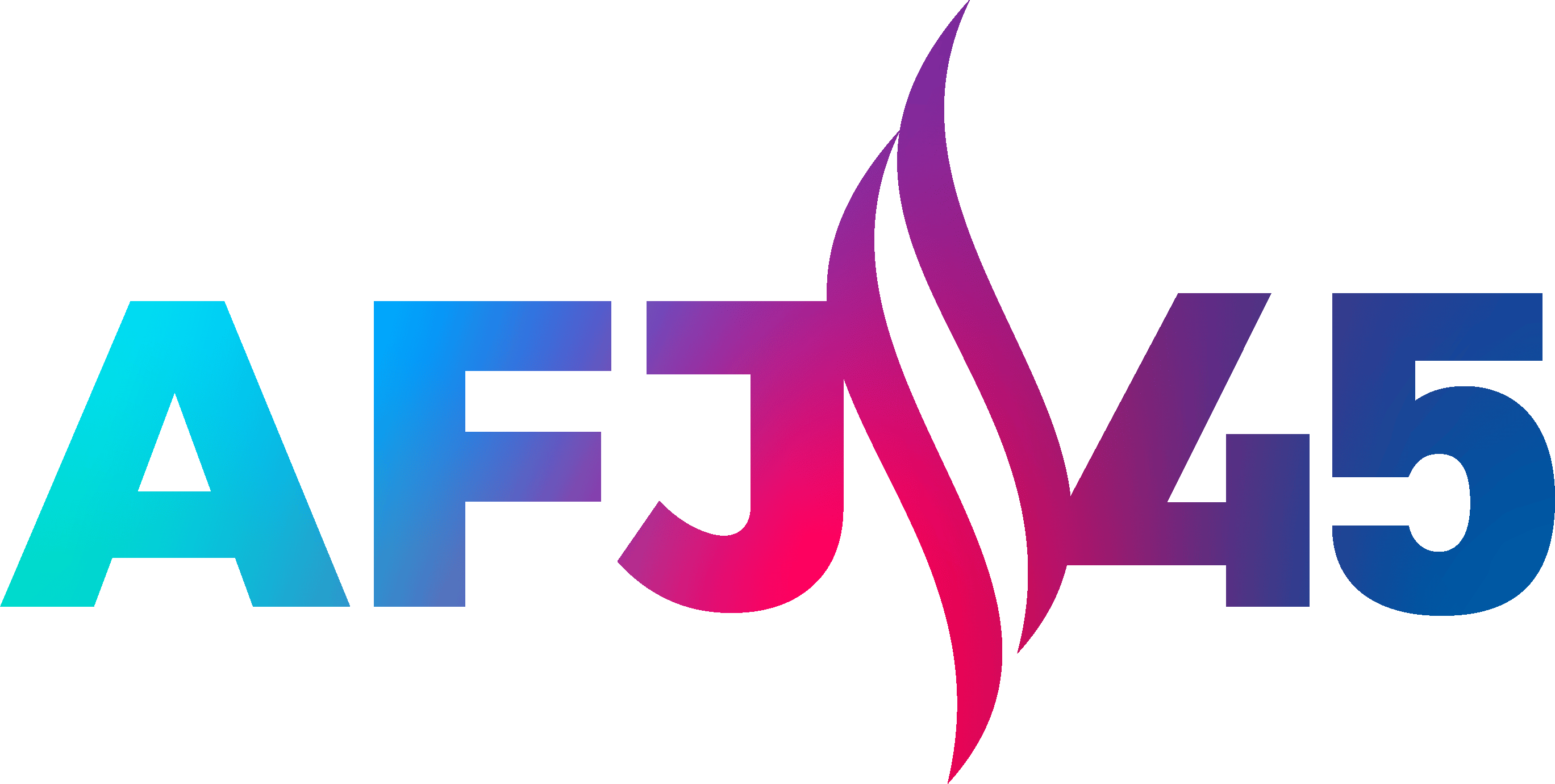501(c)(3) public charities, including grantmaking public charities like community foundations and women’s foundations, can lobby within the generous limits allowed by federal law. How much lobbying the foundation can do depends upon which of the two standards the foundation uses to measure its lobbying – the “501(h) expenditure” test or the “insubstantial part” test. In issuing regulations on lobbying, the Internal Revenue Service state that under either test public charities “may lobby freely” so long as lobbying is within specified limits.
Electing 501(h) Can Maximize Foundation’s Lobbying Limit
Most public foundations will be able to do more lobbying by electing to measure its lobbying under Section 501(h) of the tax code, because:
- Public foundations that have made the 501(h) election may follow the same general support and specific project grant rules that apply to private foundations, and these grants should not be considered a lobbying expenditure by the foundation, even if the recipient public charity spends the grant funds on
- The 501(h) expenditure test provides more generous lobbying limits than the insubstantial part test. 501(h) provides a clear dollar limit on the amount of money an electing public charity can spend on lobbying. The limits vary depending on the size of the foundation’s budget. Foundations that spend $500,000 or less per year can spend as much as 20% of their budget on lobbying. You can use our online calculator to determine your organization’s lobbying.
- The foundation counts only expenditures and earmarked grants as lobbying. Cost-free activities, such as volunteer time, do not count against the foundation’s lobbying limits because the foundation does not pay for these
- An electing 501(c)(3) may spend up to a quarter of its overall lobbying limit on “grassroots” lobbying (urging the general public to communicate the foundation’s position on legislation to legislators) or up to the entire amount on “direct” lobbying (telling legislators or their staff to support or oppose legislation or urging the foundation’s members to do so).
- Foundations using the 501(h) expenditure test can take advantage of clearer definitions of lobbying.
- An electing 501(c)(3) can take advantage of some specific exceptions for activities that otherwise might appear to fit the definition of lobbying, such as an exception for “nonpartisan analyses” of legislative proposals and for activities undertaken at the written request of a government body. These exceptions apply either to the foundation’s own advocacy activities or to its
- Under the 501(h) test, charities may allocate certain expenditures that have both lobbying and non-lobbying purposes. For example, if the foundation’s executive director flies to Washington, D.C. for a four day trip, three days of which will be spent at an educational conference and the fourth day spent lobbying, it is usually appropriate to count 25 percent of the costs the foundation paid for travel expenses as lobbying costs.
A 501(c)(3) public foundation may elect the 501(h) expenditure test to govern its lobbying activity by filing the simple Form 5768 once with the IRS.
Working on, or contributing to, a ballot measure campaign is considered to be direct lobbying activity under these rules. 501(c)(3) organizations are able to engage in a wide range of advocacy regarding these ballot measures, so long as they do not exceed the foundation’s lobbying limit and do not constitute intervention in a candidate campaign.
Insubstantial Part Test Filers Can Still Lobby
The insubstantial part test is most useful for churches (which is how the IRS refers to all houses of worship), which cannot make the 501(h) election, and for very large foundations with budgets over $17 million per year, which may be able to do more lobbying under the insubstantial part test. However, some foundations choose not to use the 501(h) expenditure test. Even if the foundation has not made the 501(h) election, it may still lobby as long as its lobbying activities do not become a “substantial” part of the 501(c)(3)’s overall activities. The insubstantial part test defines lobbying as “carrying on propaganda, or otherwise attempting to influence legislation” and includes any communication that “contacts, or urges the public to contact, members of a legislative body for the purpose of proposing, supporting, or opposing legislation or advocates for the adoption or rejection of legislation.”
If a foundation wishes to engage in more lobbying than is permitted under either the 501(h) expenditure test or the insubstantial part test, the foundation may consider creating an affiliated 501(c)(4) organization, which can engage in an unlimited amount of lobbying. A number of public foundations operate with affiliated 501(c)(4) grantmaking entities.
